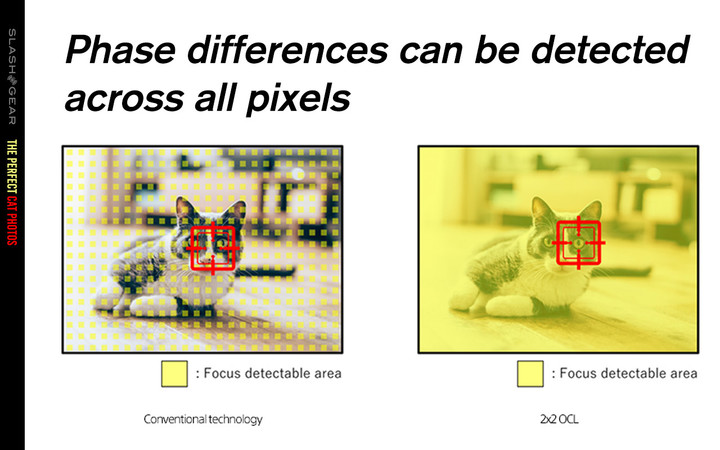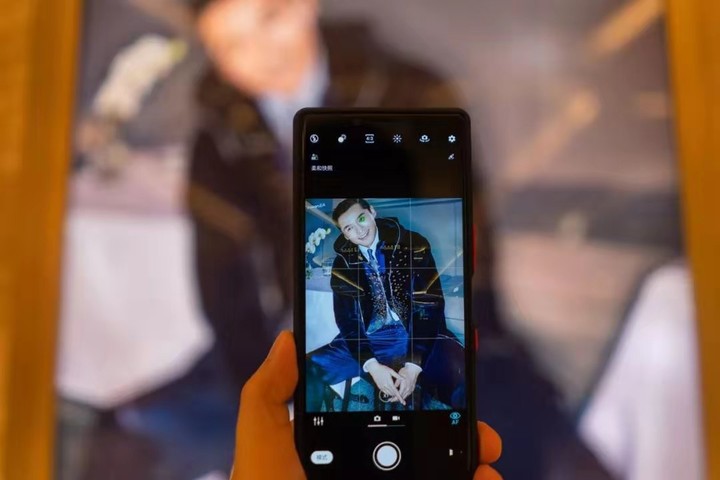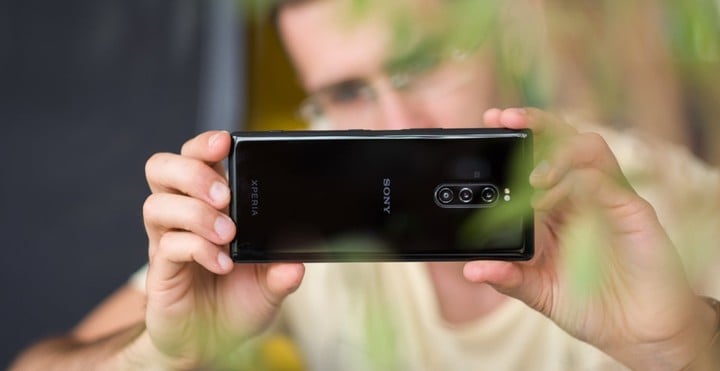On December 9, Sony officially released a new technology called “2 × 2 OCL”. This technology will be applied to the mobile sensors that will be released later. Later mobile phone cameras can also use this technology to improve focus accuracy and sales.
Officially, in order to show the changes brought about by this technology, two prototypes were used to shoot “cat films” for comparison.

You can clearly see from the proofs that the old sensor still has a focus error. Small animals like cats that don’t settle for you to shoot, are also more troublesome to shoot. With the addition of “2 × 2 OCL” technology, the camera’s ability to find accurate focus points will improve, and the success rate of focusing will also increase.
According to Sony ’s official document interpretation , 2 × 2 OCL is a way to achieve high speed Focusing solution.

The traditional OCL technology has an independent light collection lens on each pixel, and the 2 × 2 OCL solution now introduced is four adjacent pixels of the same color, which will share an OCL light collection lens. . After switching to the new structure, Sony said that it would be able to achieve full pixel phase difference detection and improve the focusing ability of the sensor.
Indeed, traditional sensors can only use some dedicated pixels for phase difference detection. After the 2 × 2 OCL solution is added, pixels that originally had a camera function can also perform phase difference detection, and the coverage of the detection is much larger than that of traditional OCL, which truly achieves the goal of full pixel phase difference detection.

As can be seen from the diagram, the focus coverage area of 2 × 2 OCL can fill the entire screen, reducing the gap between the focus points, and it can do more accurate focus detection. As mentioned in the example, the focus point can be accurately placed on the cat’s eyes, which can more effectively improve the accuracy of the focus.
In addition to improving the accuracy of focus detection, 2 × 2 OCL also helps improve focus in low light.

In order to obtain stable focusing performance in low light, the camera needs to obtain information from multiple phase difference detection pixels to eliminate the effect of noise. However, this method is still susceptible to interference. As can be seen from the official motion picture, the traditional mode has a little disadvantage in focusing in low light.

After replacing the 2 × 2 OCL sensor, all pixels can perform phase difference detection, the amount of information will be more than in the traditional mode, and the focus effect will be more stable.
Sony also mentioned in the introduction of changes in focusing performance that sensors using traditional OCL technology are usually divided into left and right detection, and the accuracy of focusing is not high when facing objects with no change in texture placed horizontally. When the 2 × 2 OCL sensor performs detection, it also performs up-down detection while performing left-right detection, and the efficiency of phase focusing will be higher than that of traditional sensors.

So what we can see now is that the sensor with 2 × 2 OCL technology is added to improve the focusing efficiency. If this technology can also be applied to camera sensors, those who focus on focusing, continuous shooting, etc.A capable camera should perform better.
Currently, the media SlashGear In related reports Speaking of , this Sony technology will debut in sensor products launched in 2020. However, a person familiar with the matter revealed that OPPO expects that the flagship phone released in 2020 Q1 will use a technology called All Pixel Omni-directional PDAF. Now it seems that it should be a 2 × 2 with Sony. OCL solutions.

However, Sony has not announced any new product information to support this technology, and it is expected that it will not be officially released until the sensor release next year.
In addition to the improvement in focus, Sony also mentioned the impact of 2 × 2 OCL technology on picture quality. This solution is also helpful for high-pixel shooting, dynamic range and high-sensitivity performance:
- High-resolution pixel shooting: use the unique signal processing function to change the arrangement to achieve high-resolution shootingPhoto.
- High Sensitivity: 4 adjacent pixels of the same color can be read through addition to capture bright photos and videos with low noise. In addition, through the design and manufacturing technology of 2 × 2 OCL, the utilization efficiency of light is increased, and further sensitivity improvement is achieved.
- HDR: Through the unique exposure control technology and signal processing function, HDR can be output in real time.